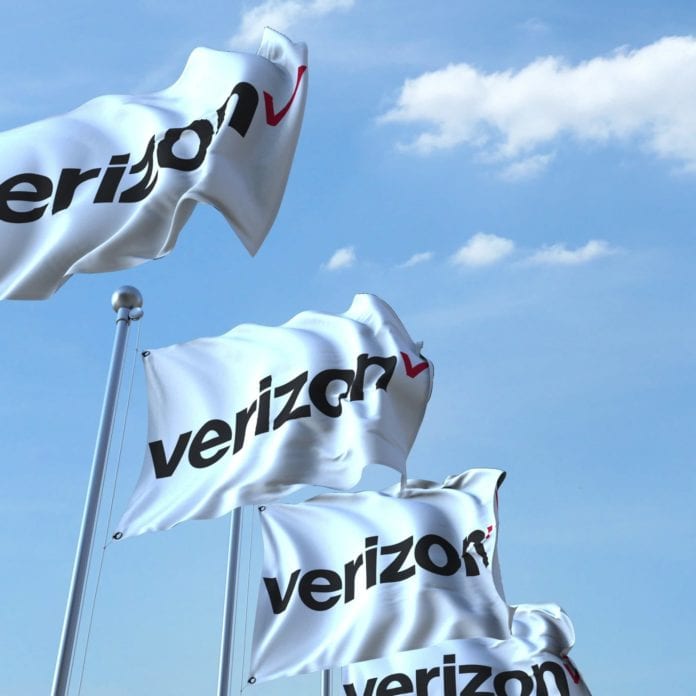The trial aggregated 800 MHz of 28 GHz band spectrum
Verizon, Samsung, Qualcomm and Motorola have released the results of their joint carrier aggregation trial conducted on Verizon’s live 5G network on a commercial network cell site in Texas. The trial, which aggregated 800 megahertz of 28 GHz band spectrum using Samsung Network’s 5G NR 28 Ghz Access Unit achieved a remarkable peak speed of 4.2 gigabits per second.
Carrier aggregation combines multiple channels of spectrum, which provides greater efficiency for data sessions transmitting over the wireless network, and as Ericsson’s Peter Linder, head of 5G marketing for the North American region, told RCR Wireless News last week, is the key to 4G and 5G coexistence.
Eight separate channels of mmWave spectrum were combined to achieve the multi-gigabit speeds on Motorola’s upcoming flagship smartphone. The handset device uses the Qualcomm Snapdragon 865 Mobile Platform with the Snapdragon X55 5G Modem-RF System.
“Powered by the Snapdragon 865 Mobile Platform, this device is a performance powerhouse designed to provide the fastest 5G speeds ever. We can’t wait for our customers to enjoy all the benefits this technology brings,” commented Glenn Shultz, vice president of innovation and product development at Motorola Mobility.
For Adam Koeppe, senior vice president of technology planning at Verizon, the carrier aggregation trial demonstrated “unprecedented mobile speeds” and brought the bandwidth availability of mmWave spectrum to life.
“We are only beginning to scratch the surface of what 5G can do, demonstrated by this latest milestone,” he said.
Magnus Ojert, VP of the networks division for Samsung Electronics America, added that “the trial also shows the power of the Samsung Networks’ 5G NR 28 GHz Access Unit, the smallest integrated mmWave radio in the market.”
And according to Qualcomm’s Vice President, Business Development Joe Glynn, 5G mmWave technology will “expand significantly this year” and through “superb connectivity speeds and low latency,” will introduce new potential use cases for consumers and businesses.
According to the companies, eight channel carrier aggregation using mmWave will be widely available on the 5G network in 2020.

